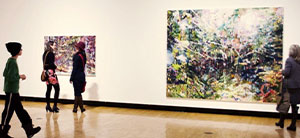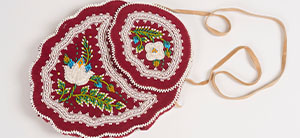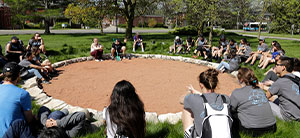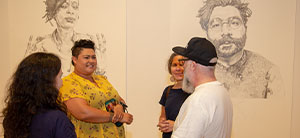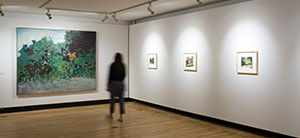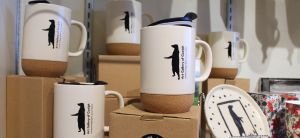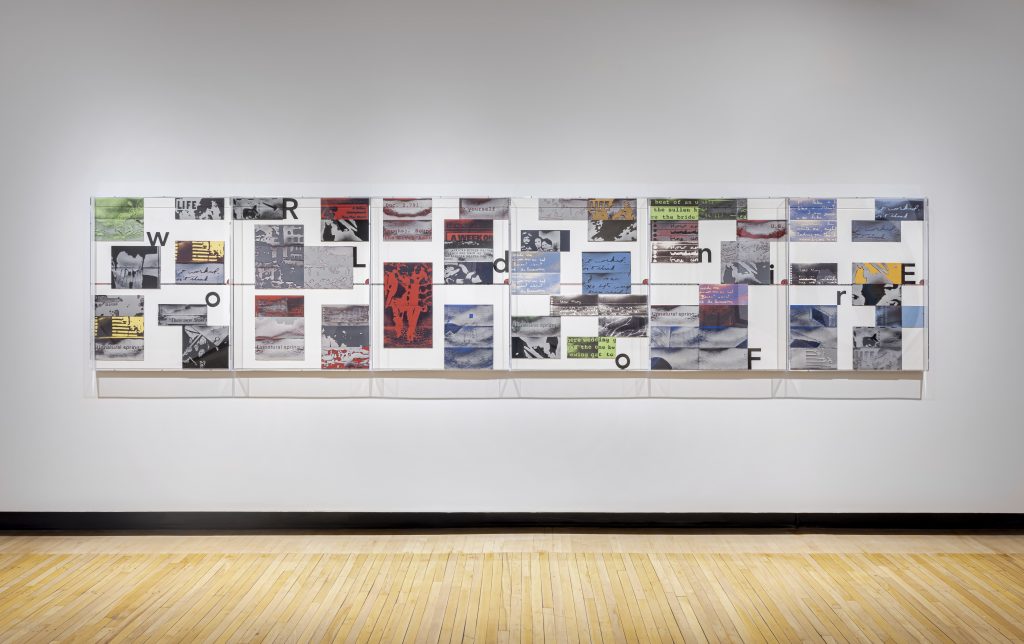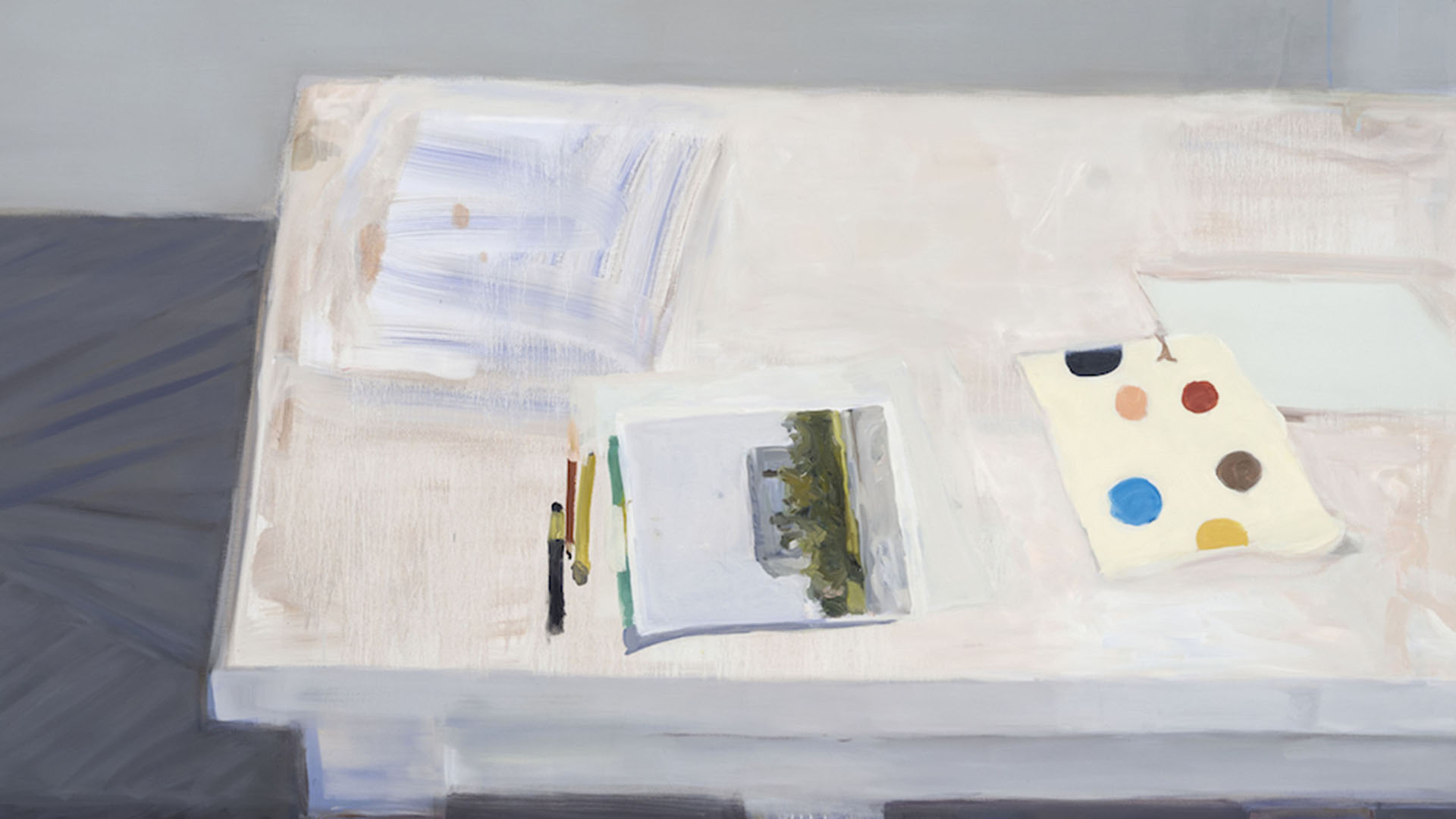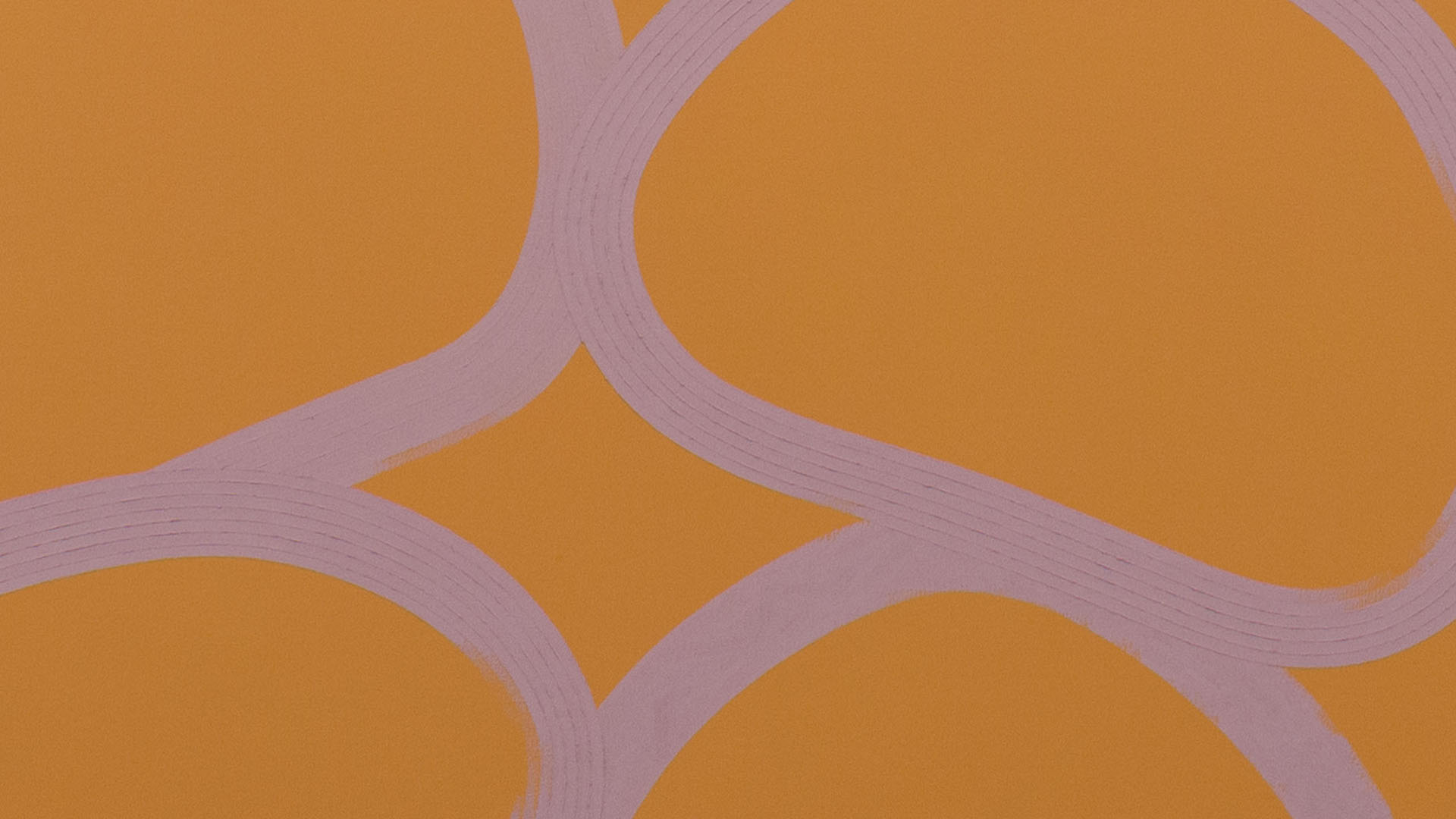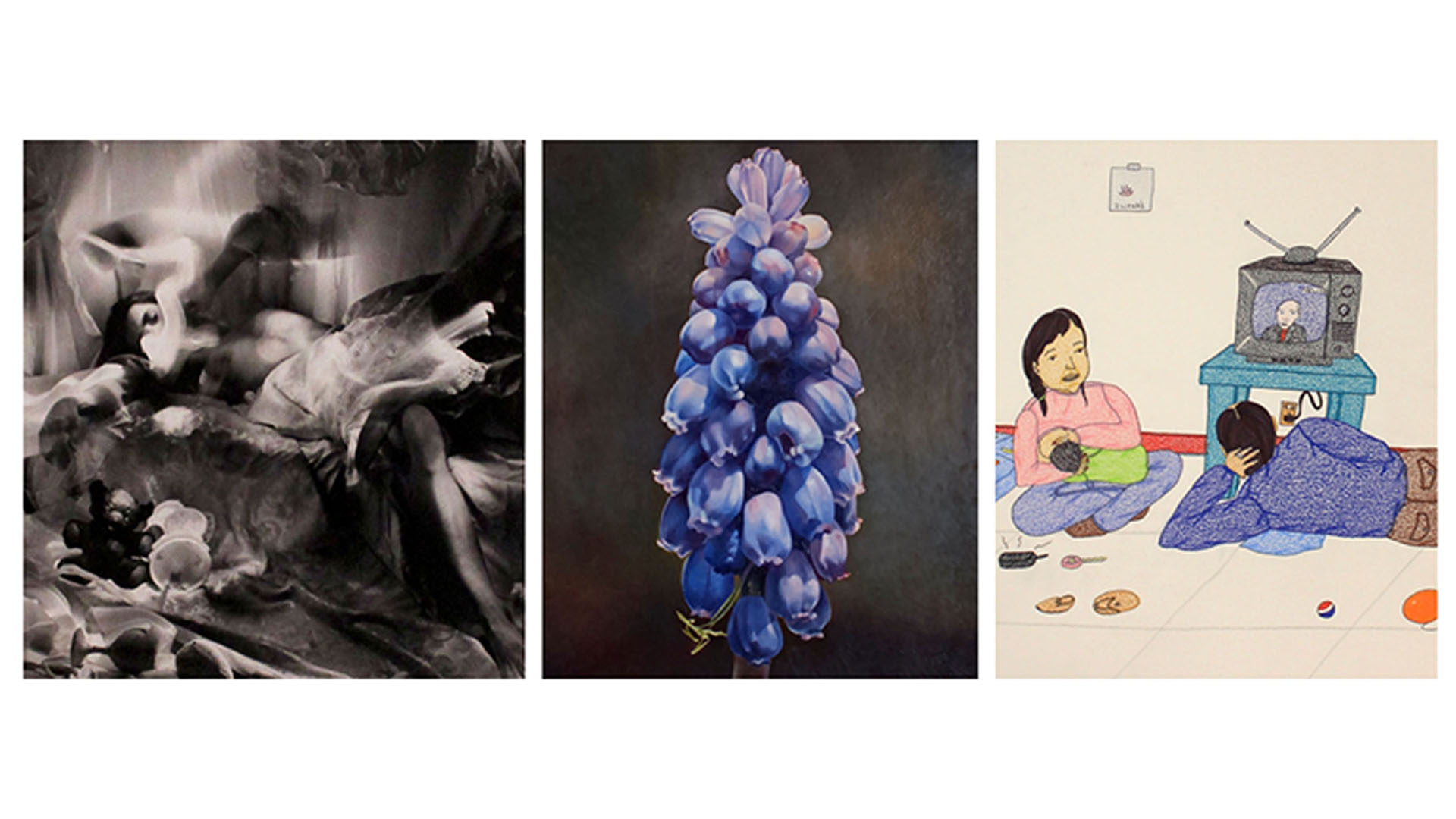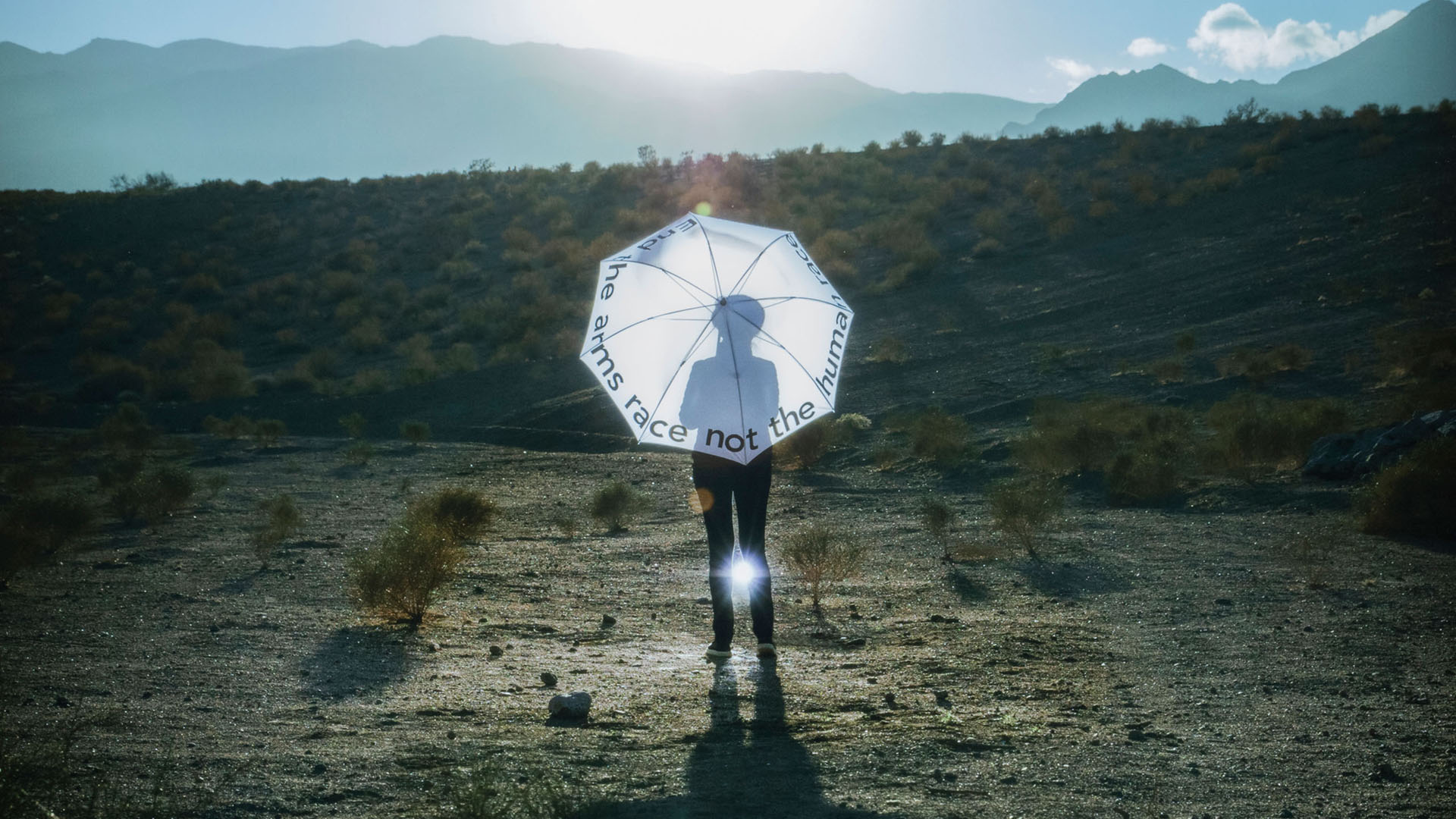
Mary Kelly: To Witness the Future
Al Miner
While pioneering and influential feminist artist Mary Kelly is best known for her 1970s conceptual art installations, Mary Kelly: To Witness The Future is the first exhibition to specifically explore her long engagement with activist movements. The exhibition brings together work made from 2005 to the present, including Kelly’s lint “paintings,” light box photographs, and video art. Visualizing the persistent impact of historical events on the nature of everyday life in the present, this work references women’s responses to key political issues in the North America and Europe starting in the 1960s and 1970s – issues that have taken on new resonance in light of current political shifts influencing the course of our own future.
Mary Kelly: To Witness The Future is organized by the Georgetown University Art Galleries, Washington, DC, with the support of Helaine Posner (C ’75). It is presented by the Art Gallery of Guelph with the generous assistance of the Office of the former University of Guelph Librarian, Rebecca Graham, as well as the Canada Council for the Arts and Ontario Arts Council.
Image: Mary Kelly, We don’t want to set the world on fire, detail, 2019, Duratrans print in LED light box, 172.4 x 115.25 x 7 cm. Courtesy of Mitchell-Innes & Nash, New York.
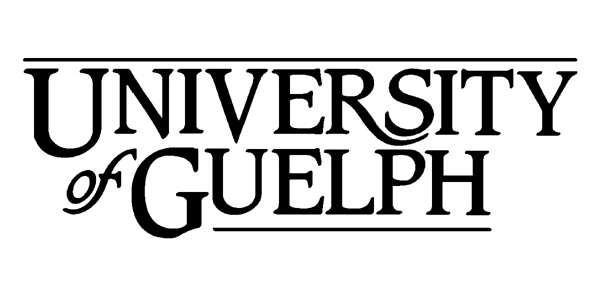


The exhibition is presented by the Art Gallery of Guelph with the generous assistance of the Office of the former University Librarian, Rebecca Graham, University of Guelph, as well as the support of the Canada Council for the Arts and Ontario Arts Council.
Gallery
About the artist
Mary Kelly
American conceptual artist, feminist, educator, and writer Mary Kelly has contributed extensively to the discourse of feminism and postmodernism through her large-scale narrative installations and theoretical writings, often addressing questions of sexuality, identity and memory. Past exhibitions include retrospectives at Moderna Museet, Stockholm (2010), Whitworth Art Gallery, Manchester (2011), and Centre for Contemporary Art, Warsaw (2008), as well as representation in the 2004 Whitney Biennial, the 2008 Biennale of Sydney, and Documenta 12, while her publications include Post-Partum Document (1983), Imaging Desire (1996), Rereading Post-Partum Document (1999), and Dialogue (2011). She was a recipient of the John Simon Guggenheim Memorial Foundation Fellowship in 2015. Currently the Judge Widney Professor at the USC Roski School of Art and Design of the University of Southern California, she was previously Professor of Art at the University of California, Los Angeles, where she was Head of Interdisciplinary Studio.
View More Exhibitions

exhibition
September 18.2025 / January 4.2026
Challenging colonial conceptions of how Land and Water are used, valued, and protected, Reworldings speaks to living relationships with place and peoples, to the interdependence of species and systems, and to the urgent need to restore not only ecosystems, but justice.

exhibition
September 18.2025 / January 4.2026
Through practices that span net art, interactive sculpture, installation, video, and textile, Soft Internet Theory invites audiences to consider a gentler, more human digital future.
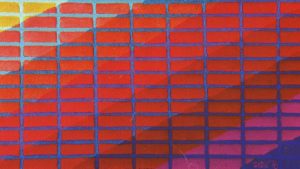
exhibition
May 22.2025 / August 29.2025
Fuzzy Thinking explores how textiles’ softness and tactility challenge boundaries between art and craft, weaving together historical and contemporary works rooted in material and cultural complexity.
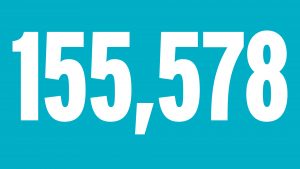
exhibition
May 22.2025 / August 29.2025
Curated through an open call, artists from across Guelph were invited to share their work in a collective reflection of the city’s creative landscape.
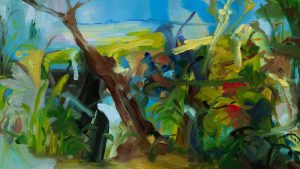
exhibition
May 3.2025 / May 8.2025
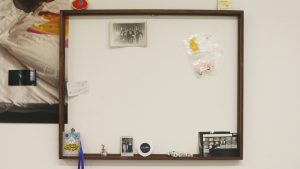
exhibition
April 24.2025 / April 29.2025
Through photography, Bahar Enshaeian unravels the intricate layers of memory, identity, and belonging. Rooted in personal experience, her work speaks to the complexities of migration, displacement, and the search for home.
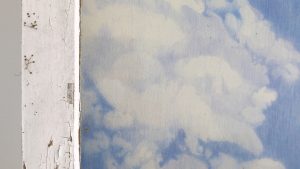
exhibition
April 10.2025 / April 15.2025
What utility can we find in vestiges of the past? This question shapes Hal Fortin’s interdisciplinary practice and its distinct sculptural language, punctuated by humour, dream logic, and the rhythms of domestic labour.
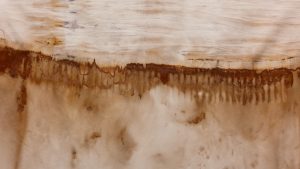
exhibition
April 2.2025 / April 6.2025
At the heart of Stephanie Fortin’s practice is an ethical inquiry: is it necessary—or responsible—to aestheticize waste in the context of global exploitation and climate change?


